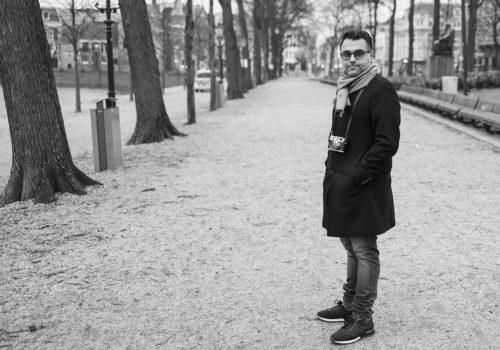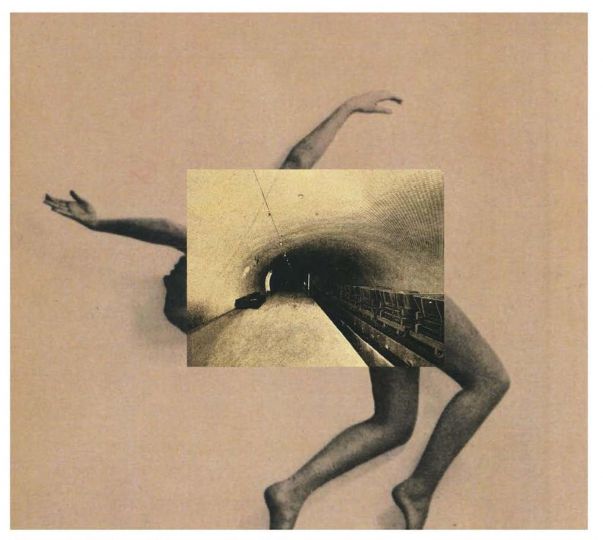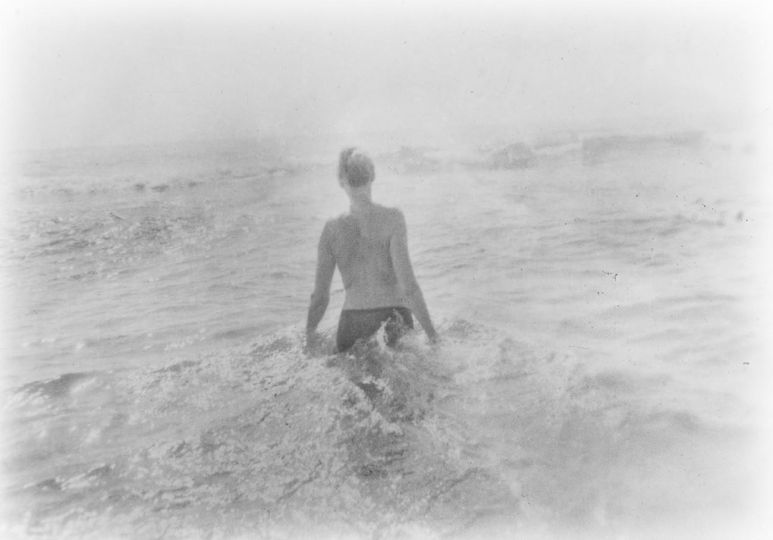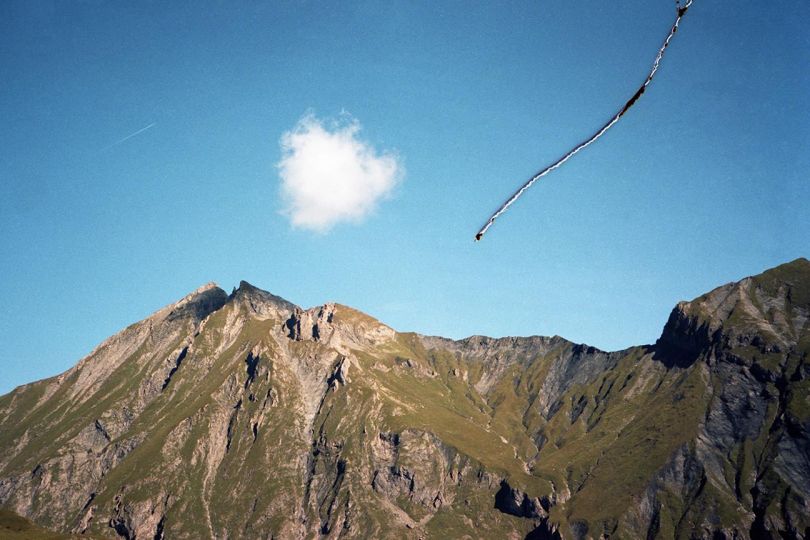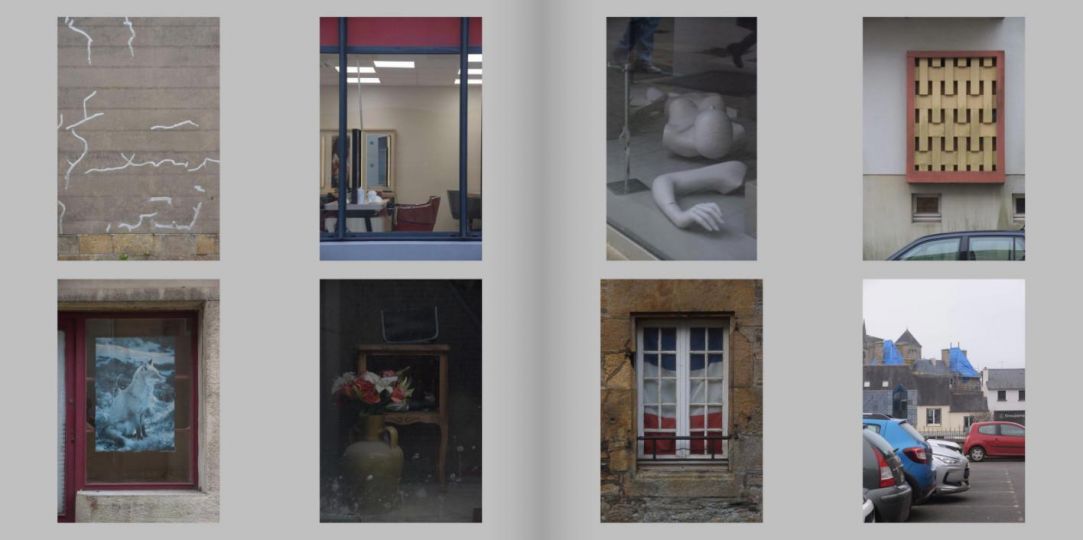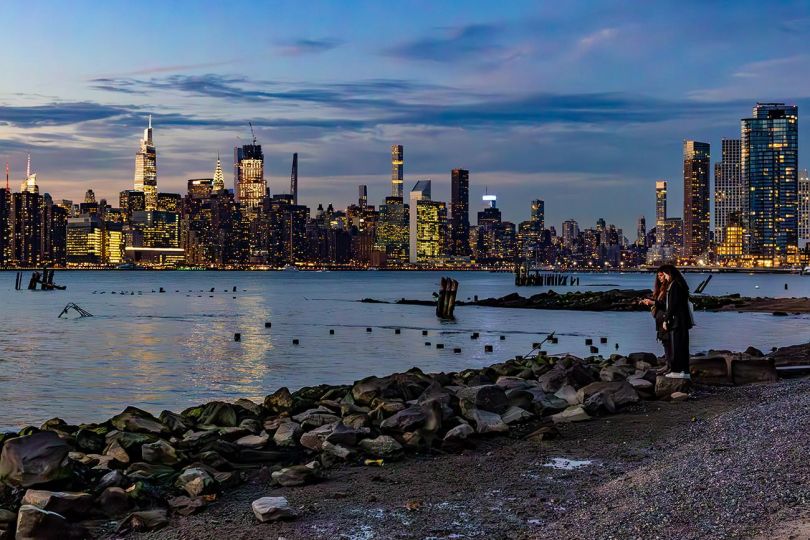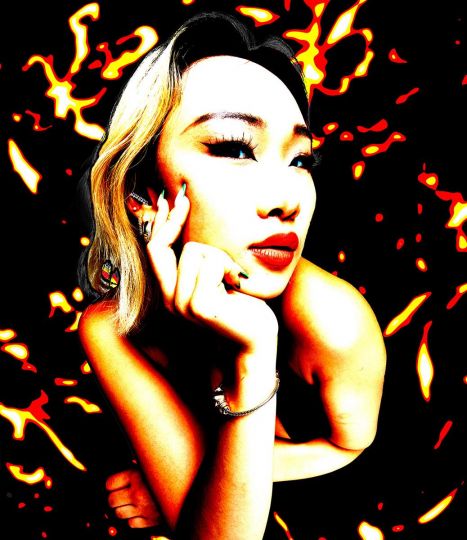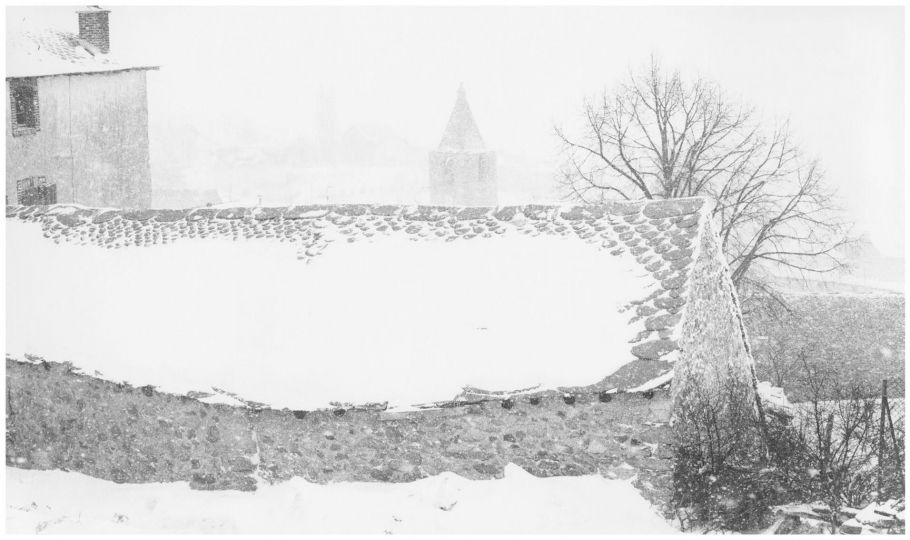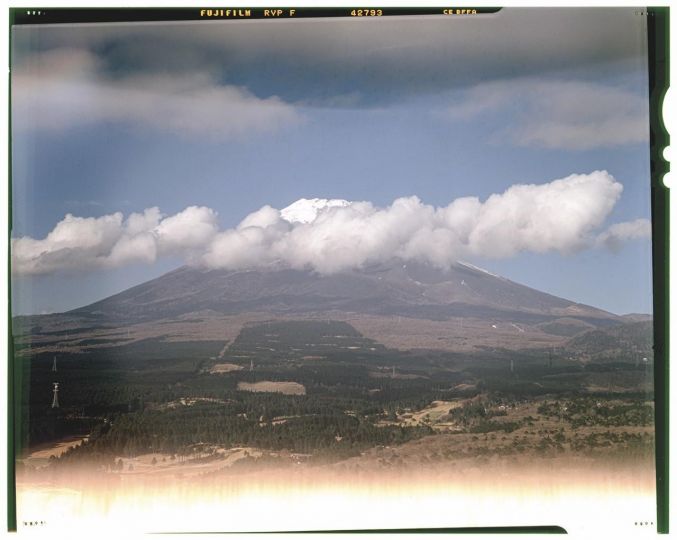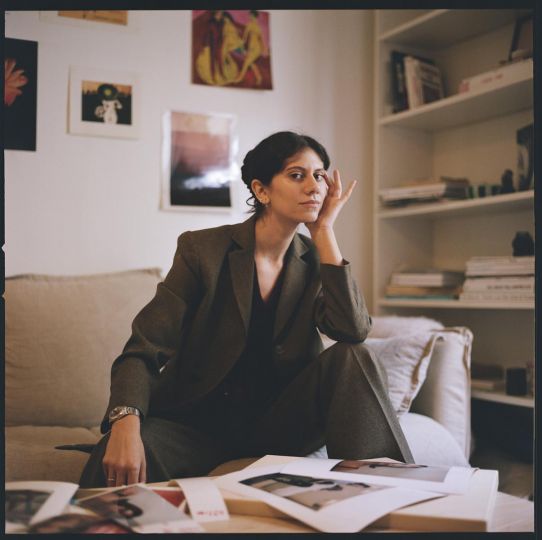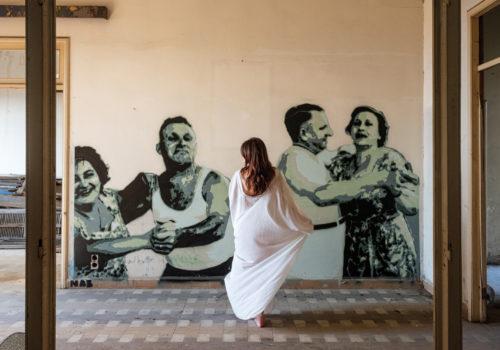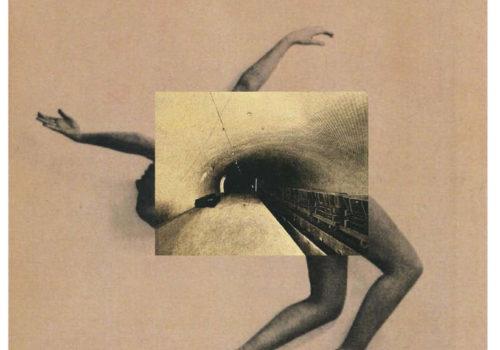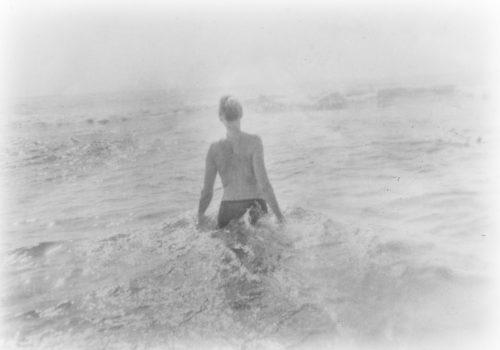I first met Ken some time ago through a mutual acquaintance, shortly after the release of his debut book. Our conversation naturally gravitated toward his extensive camera collection, and with his latest publication on the horizon, it felt like the perfect moment for a proper recap of his inspirations, creative process, and photographic practice. Enjoy the read!
Nadine Dinter: You are known for your classic black-and-white street photography, captured across the globe. Last month, you teamed up with your brother, Rammy Narula, to create The Opposites, a book that juxtaposes your monochrome images with his more color photographs. Tell us about the genesis of this project.
Ken Narula: Classic black-and-white street photography is my calling, and The Opposites came from a discussion about why photographers see the same scene so differently – none more so than my brother and me. Though we’re both internationally published, our approaches couldn’t be more different. I invited him to share some of his work in my new book as a contrasting point not as a team-up, but rather as a feature. His modern color style set against my black-and-white work highlights how an intertwined beginning led to two distinct yet parallel visual paths. In the end, The Opposites became both an artistic contrast and a historical marker of sorts.
In the book, we see two different perspectives on the world, its people, and its places. Do you and your brother ever go out and photograph together?
KN: No, we never do. I think all artists – not only siblings – are driven by different inspirations and experiences that compel them to pick up a camera. My brother and I have always seen the world differently and approach photography in our own ways. My passion began at an early age, shaped by a fear of losing my eyesight and a fascination with seeing the world – experimenting with cameras and lenses along the way. His journey came later, sparked by a single moment that set him on his path.
Do you have a particular routine before heading out to shoot? Any preferred music or weather?
KN: Going out to shoot is the only time I can be fully present. While I love music, I don’t wear headphones – if anything, the only music I appreciate while shooting is the sound of local street music. Come to think of it, anything that pulls me away from the moment – hats, gloves – I try to avoid if possible. As for the weather, being a photographer, I should probably embrace the sun, maybe even love it. But growing up mostly in Asia, I hated bright days – they felt too intrusive, too overwhelming. Living in Europe now, I find myself, like everyone else, longing for sunshine, but it has never shaped the way I photograph. In the end, I prefer “emotional” weather – if the sun brings happiness, that’s great, but if the clouds bring out loneliness, that’s where I want to be too.
Many of your images seem to feature solitary figures or moments of introspection. Do you see your work as a reflection of that theme, and do you think your own mood influences the atmosphere of your photographs?
KN: That’s a good observation. I think we’re often too consumed by our own thoughts – it’s true that we can only truly know what we are feeling. But when I see someone walking alone or staring out of a window lost in thought, I wonder – if we could step outside ourselves, even for a moment, and truly empathize with how others feel, what would we experience? Would the world become a more compassionate place? Would we share in their joy or their pain? Perhaps that’s why I’m drawn to moments of solitude and contemplation in my photography – not as an escape, but as an attempt to connect with something deeper, beyond our own inflated egos.
Although you don’t include locations in the titles of your works, it’s clear that you photograph in different countries. What place has been most inspiring for you?
KN: Traveling, being spontaneous, and getting lost have always been my biggest inspirations. I’ve stood at many airports, randomly choosing my next destination based on the flight departure board. It’s never been about a single place that inspires me – it’s the experience, especially the challenging ones to photograph. On recent trips, I’ve seen everything from people doing hard drugs outside German train stations to wild beach parties in the Philippines. The real question is: How do you capture real moments without invading someone’s space, yet still document the essence of that moment? I don’t always reach for the camera, but it’s those raw, unfiltered emotions of daily life that have lately been inspiring to me.
Could you imagine switching roles with Rammy and taking a series of color photographs?
KN: No, I don’t think so. The closest I see myself enjoying color is in those classic, vintage Eggleston-style photographs – and I do take some personal photos that way. But for now, I still can’t bring out emotion from color in the same way. I feel more deeply in black and white.
How does photography fit into your daily life?
KN: Photography is both my drive and my escape – two seemingly opposing paths that somehow coexist. Having a camera in my hand pushes me to explore new places, experience different cultures, and meet people with stories unlike my own. Yet, that same drive is also the escape. It lifts the weight of worry, eases loneliness, and softens the kind of emptiness we can sometimes feel, even on the most vibrant days.
What camera and lens do you favor for your work?
KN: I have my usual favorites, but I push myself to constantly change and shoot with something new. Lately, I’ve been using the latest high-resolution Leica and Hasselblad cameras and lenses. The results feel much more modern than my usual style, but that challenge adds an interesting layer – because, for better or worse, photography has become an easy art form. Today, practically anyone can take a reasonably good photo.
What has been your most memorable photographic encounter?
KN: There are many grand stories, and meeting legendary figures on this journey has been an unbelievable experience. But let me share a simple moment that happened recently. I was at a traffic light in Porto when I noticed a woman in the back seat of a car – her eyes filled with sadness. I took her photo, and while the image wasn’t particularly remarkable, the moment stayed with me. Weeks later, in London, I saw her again, sitting in the same restaurant. I had to double-check my eyes and my photo, but there was no doubt – it was the same person. It turned out her dog had passed away that day in Porto, which explained the sadness. It was one of those rare, closed-loop moments in street photography – when one gets the chance to reveal the story behind a photo.
What advice would you give to the next generation of street photographers?
KN: In reality, this generation of photographers hardly needs advice – they’re practically born with cameras in their hands! But if I had to offer something, I’d say look beyond aesthetics. So many photographs today are technically perfect – the sky has the perfect color, the shadows fall just right, the contrast is spot on. Yet, they often feel emotionally lacking. Photography isn’t just about how an image looks – it’s also about connection. Without that, even the most flawless shot can feel empty.
For more, check out the artist’s IG account: @wetzlar_com
About the book:
Author: Ken Narula
Title: The Opposites
ISBN 978-3-96999-335-4
Texts by Steve McCurry & Richard Kalvar
80 pages, 55 images
Hardback
29.7 x 30 cm
Price: 40 EUR

